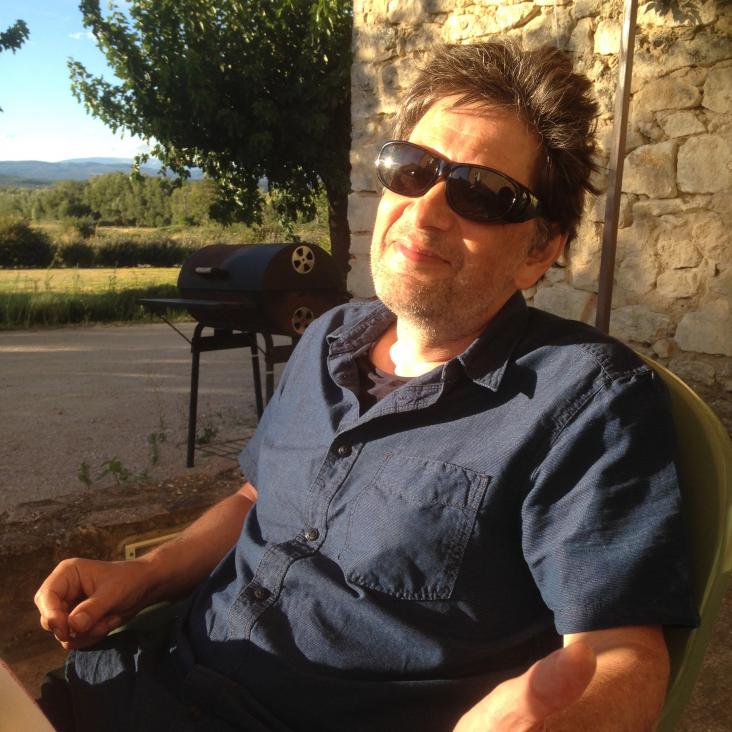Computational algebraic geometry in string and Gauge theory
, 2012
Heterotic line bundle standard models
Journal of High Energy Physics 2012:6 (2012)
Abstract:
In a previous publication, arXiv:1106.4804, we have found 200 models from heterotic Calabi-Yau compactifications with line bundles, which lead to standard models after taking appropriate quotients by a discrete symmetry and introducing Wilson lines. In this paper, we construct the resulting standard models explicitly, compute their spectrum including Higgs multiplets, and analyze some of their basic properties. After removing redundancies we find about 400 downstairs models, each with the precise matter spectrum of the supersymmetric standard model, with one, two or three pairs of Higgs doublets and no exotics of any kind. In addition to the standard model gauge group, up to four Green-Schwarz anomalous U(1) symmetries are present in these models, which constrain the allowed operators in the four-dimensional effective supergravity. The vector bosons associated to these anomalous U(1) symmetries are massive. We explicitly compute the spectrum of allowed operators for each model and present the results, together with the defining data of the models, in a database of standard models accessible here. Based on these results we analyze elementary phenomenological properties. For example, for about 200 models all dimension four and five proton decay violating operators are forbidden by the additional U(1) symmetries.Heterotic bundles on Calabi-Yau manifolds with small Picard number
Journal of High Energy Physics 2011:12 (2011)
Abstract:
We undertake a systematic scan of vector bundles over spaces from the largest database of known Calabi-Yau three-folds, in the context of heterotic string compactification. Specifically, we construct positive rank five monad bundles over Calabi-Yau hypersurfaces in toric varieties, with the number of Kähler moduli equal to one, two, and three and extract physically interesting models. We select models which can lead to three families of matter after dividing by a freely-acting discrete symmetry and including Wilson lines. About 2000 such models on two manifolds are found. © SISSA 2011.Heterotic standard models from smooth calabi-Yau three-folds
Proceedings of Science (2011)


